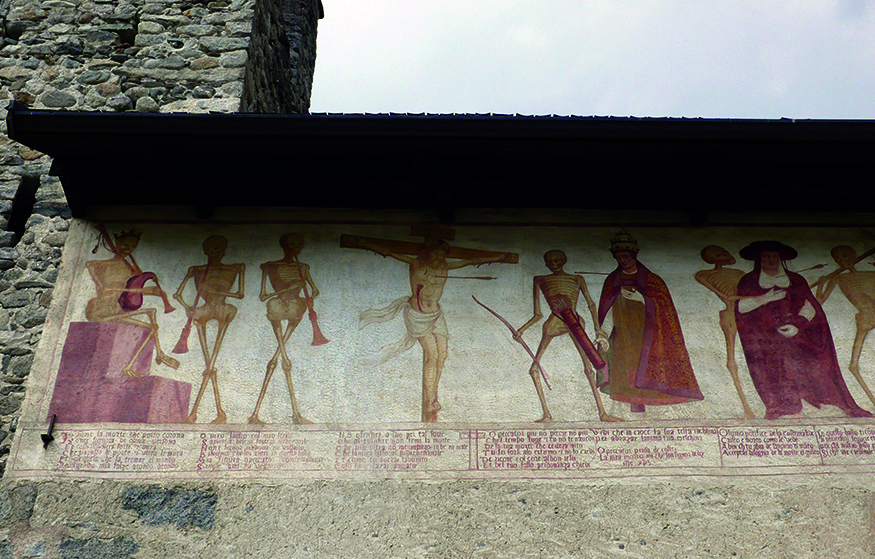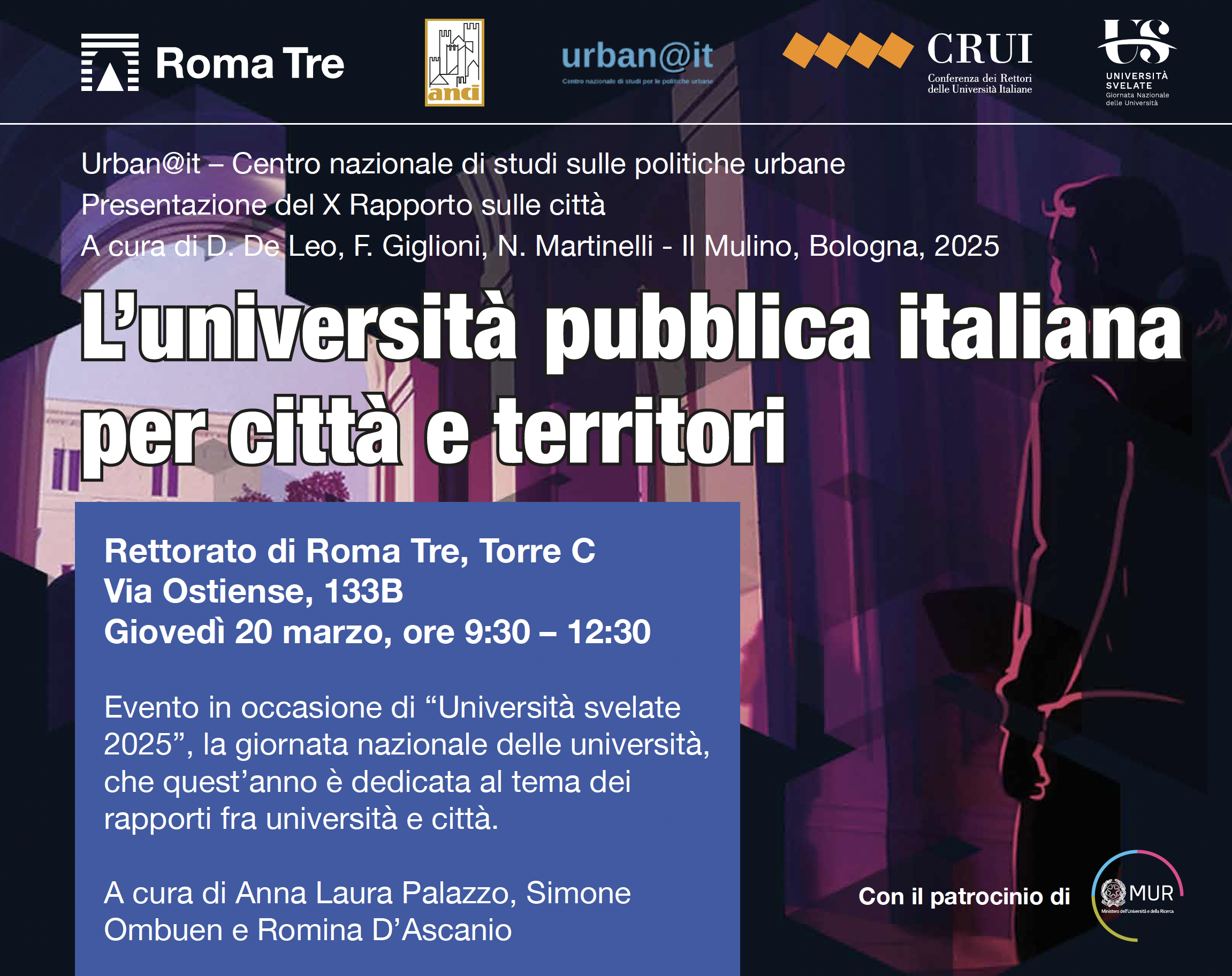In margine al Quaderno #15

Changing cities: fifty years ago in Italy
(In margine al Quaderno #15)
di Giorgio Piccinato
Direttore di UrbanisticaTre
At the beginning it was the data coming from the 1971 census, Towards the end of the sixties a new economic geography began to emerge, in which ‘historic’ areas were declining and others were coming to the foreground – the North East and the Central Adriatic, once areas of heavy outmigration – where a new territorial pattern seemed to acquire more defined features.
In the countryside of the Veneto region surveys and enquiries of different type showed surprising results (at least to a planner’s eye). The area being investigated was a place of small farms, where even salaried workers tended to become owners of a plot and a house thanks to temporary migration abroad and lifelong savings. Families ties were very strong and, whenever necessary, offering financial support. Migrants expelled by a general Italian and European economic crisis of the great industrial sectors were returning enriched by new entrepreneurial attitudes, local banks were ready to help promising individuals sometimes thanks to a local priest guarantee, The historic urban system, covering the region with a tight network, helped to avoid migration towards the major centres.
Such kind of overlying networks –family ties, urban infrastructures, working habits and new skills- characterised what was called “the Veneto model”. In the seventies the region saw the highest increase of industrial jobs, thanks to a strong process of market internationalisation and technological innovation. In the beginning it was the export and the transformation of agricultural products, which constituted the base of an unusually scattered development of service and industrial employment, then came the garment industry and some traditional productions turned into more technologically advanced: shoes, furniture, lenses, machinery, ceramics. The role of the urban system, together with a network of roads and services that did not admit underequipped areas, was essential. While the main urban centres and metropolitan areas were hit by heavy social and unrest and large industrial complexes were going under painful organisational restructuring, accompanied by heavy unemployment, the region was enjoying growing well being and prosperous economic development.
At the end of the process Veneto, once one of the poorest, was one of the richest Italian regions. A region without major urban poles, without major industrial sites (with one exception in Venice) turned into a diffused urban territory. Urban conditions were to be found everywhere, urban lifestyles were common and diffused, the distribution of wealth (coming also from agriculture) was rather balanced: it was the stereotype of that “Italian model” based on the small and medium industry that was largely promoted in the last decades of the twentieth century.







